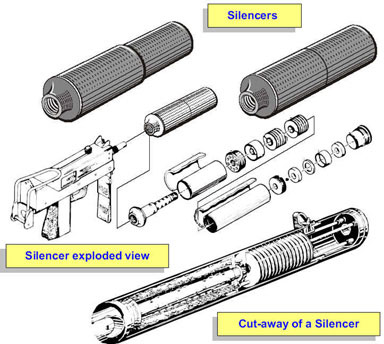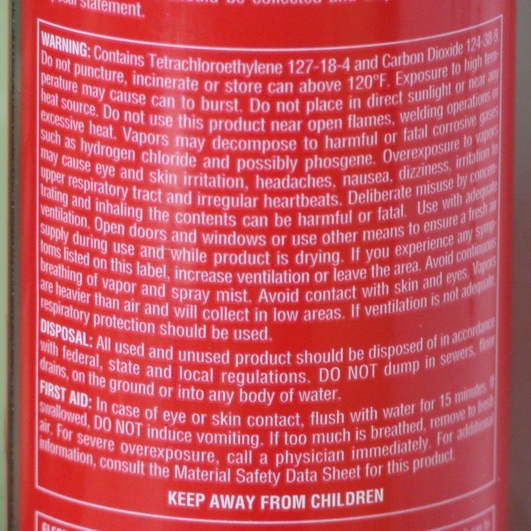OK so 1934 set the law and is : Silencer and Suppressor are the same thing and was set before any of us were born !.
So Government gets our MONIES AGAIN !!!!!!!!!!. I'll fire off an Email to the President and see what can be reviewed .
I say they're NOT the same thing .
18 U.S.C., § 921(A)(24)
The term
“Firearm Silencer” or
“Firearm Muffler” means any device for silencing, muffling, or diminishing the report of a portable firearm, including any combination of parts, designed or redesigned, and intended for the use in assembling or fabricating a firearm silencer or firearm muffler, any part intended only for use in such assembly or fabrication.
 Note
Note: Any device that meets the definition as stipulated above in
18 U.S.C. § 921(a)(24) is also subject to controls of the National Firearms Act
26 U.S.C., Chapter 53.
A
silencer, also known as a
sound suppressor,
suppressor, or
sound moderator, is a
muzzle device that suppresses the
blast created when a
gun (
firearm or
airgun) is discharged, thereby reducing the
acoustic intensity of the muzzle report (sound of a gunshot) and
jump, by modulating the speed and pressure of the propellant gas released from the muzzle. Like other muzzle devices, a silencer can be a detachable accessory mounted to the muzzle or an integral part of the
barrel.
A typical silencer is a metallic (usually
stainless steel or
titanium)
cylinder containing numerous internal
sound baffles, with a hollow bore to allow the
bullet to exit normally. During firing, the bullet passes through the bore with little hindrance, but most of the expanding gas
ejecta behind it is redirected through a longer and convoluted escape path created by the baffles, prolonging the release time. This slows down the gas and dissipates its
kinetic energy into a larger surface area, reducing the blast
intensity, thus lowering the
loudness.
[1]
Silencers can also reduce the recoil during shooting, but unlike a
muzzle brake or a recoil compensator, which reduce recoil by
vectoring the muzzle blast sideways, silencers release almost all the gases towards the front. However, the internal baffles significantly prolong the time of the gas release and thereby decrease the rearward
thrust generated, as for the same
impulse,
force is inversely proportional to time. The weight of the silencer itself and the
leverage of its mounting location (at the far front end of the barrel) will also help counter
muzzle rise.
Because the internal baffles will slow and cool the released gas and contain gunpowder that is still burning upon exit from the muzzle, silencers also reduce or even eliminate the
muzzle flash. This is different from a
flash suppressor, which reduces the amount of flash by dispersing burning gases that are already released
outside the muzzle, without necessarily reducing sound or recoil. A flash hider, or
muzzle shroud, in contrast, conceals visible flashes by screening them from the direct line of sight, rather than reducing the intensity of the flash




